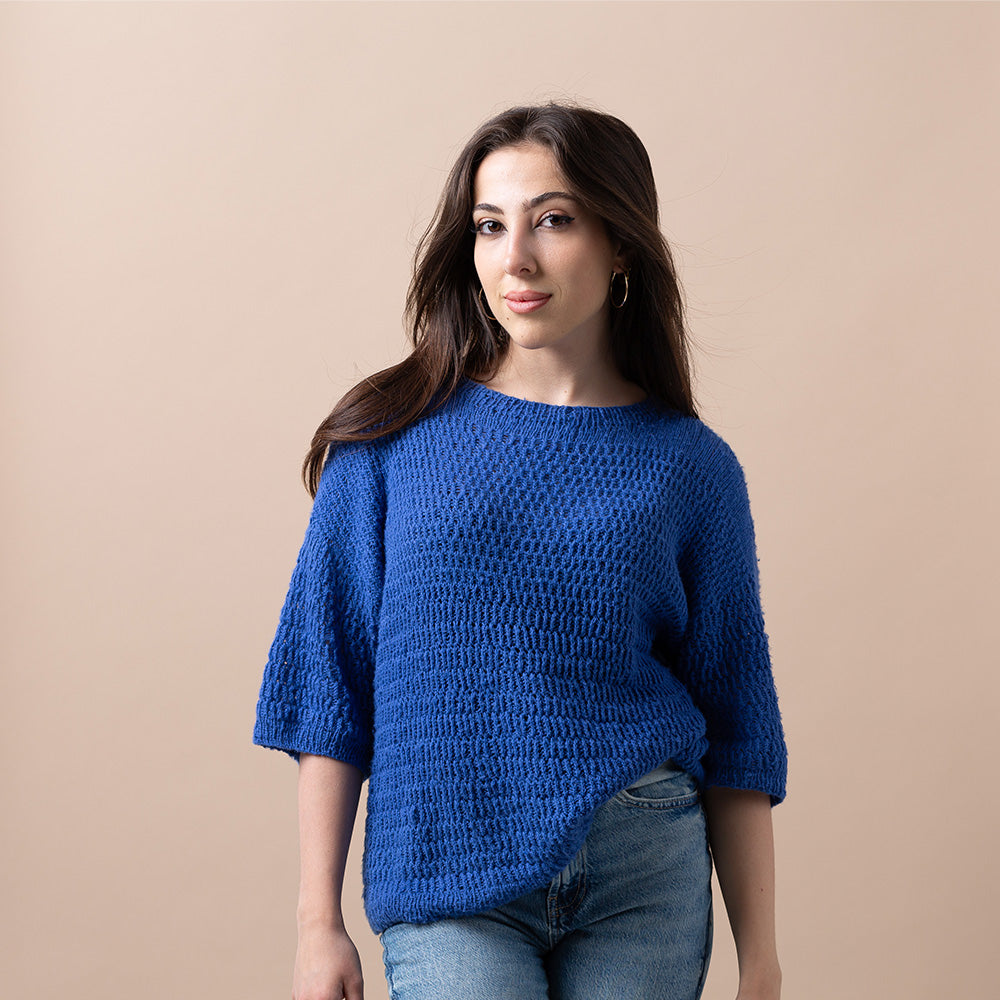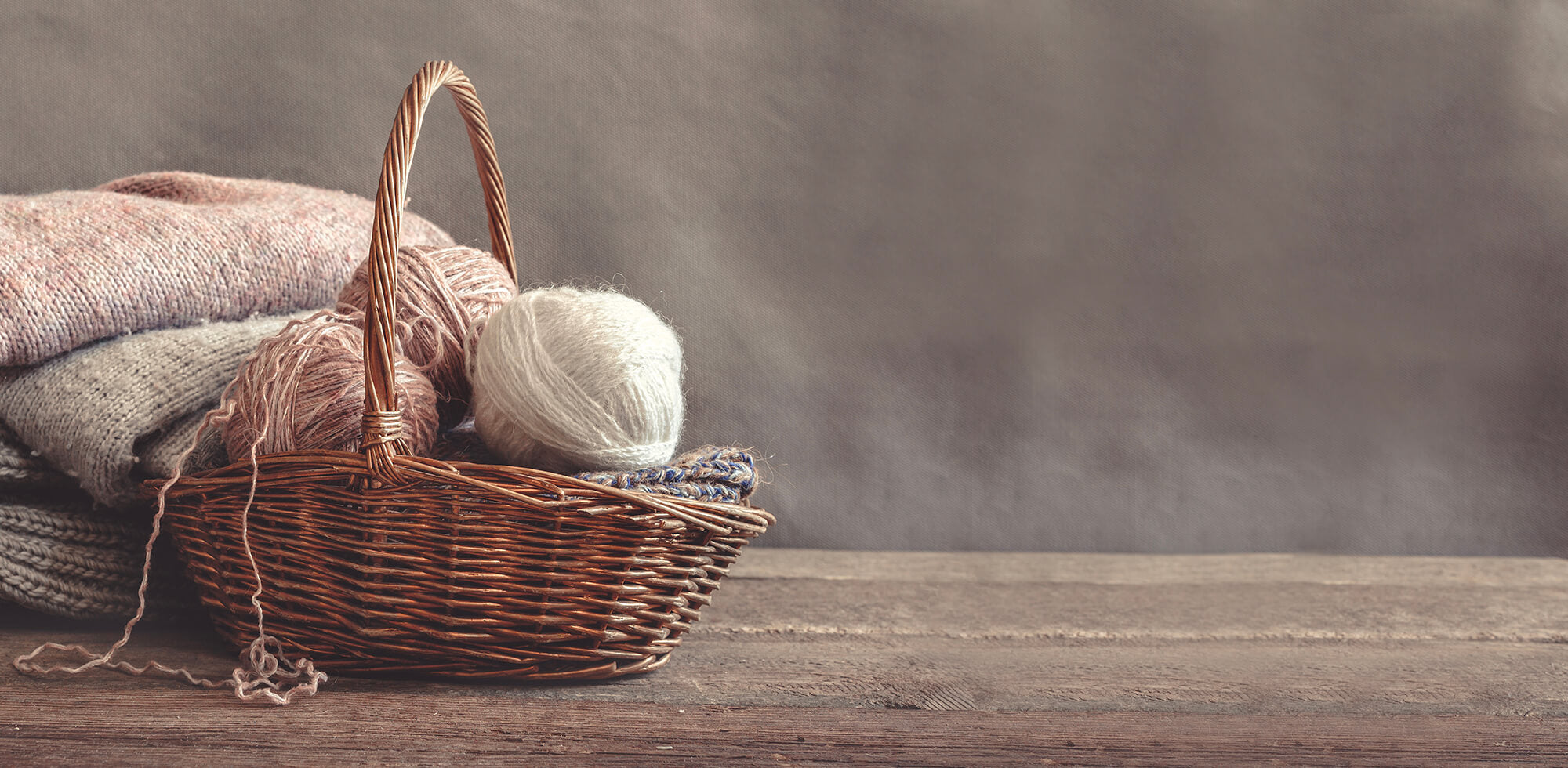By Claudia Ostrop
One of the most annoying things that can happen to any knitter is that just when you are about to finish your project, you realize that you don`t have enough yarn. All you need is one more ball! So, you quickly run to the store and get another one. But, wait, as you start knitting again, you can see that there is a colour difference between the already knitted fabric and the new part you just started knitting! If you take a look at the labels of the balls of yarns you used, you will find out why this happened: All the balls of yarn have the same colour number. However, the new ball came from a different dye batch. Today, we want to tell you more about this and what you can do to solve or avoid the problem.
What Are Dye Lots?
The label of every ball or skein of yarn provides information concerning the identification number assigned to a batch or lot of dyed yarn during manufacturing. In addition to the actual colour number, this lot number indicates which dye bath the yarn was in. The reason is simple: only a certain number of strands fit into a dye kettle, and even with industrial dyeing, the liquid will eventually be used up and new dye must be prepared. But even if the recipe is always the same, you cannot rely on the new shade being identical to the previous one. You have to reckon with at least slight deviations because the fibre to be dyed (if it's not 100 % synthetic yarn) is subject to natural fluctuations and is not always the same.

Bringing Different Dye Lots Together in a Clever Way
If you know before starting a project that you have to combine different dye lots, the whole thing is not rocket science. It just takes a little bit of advance planning. The following tips are also very helpful when working with hand-dyed yarns, which naturally also have colour differences between individual strands of the same dye batch. It is a good idea not to plan a very simple model in stockinette stitch when knitting with different dye lots. The simpler the knitted fabric, the more noticeable colour differences will be.
Knit Cuffs and the Like Using Different Dye Lots
Due to the difference in structure, slight colour differences are practically invisible when they are used for cuffs, button bands, collars or pockets. Deviating colour areas can be cheated in here quite easily. Of course, if you have enough yarn, you can also knit the sleeves with another dye lot.
Slowly Blending Different Dye Lots

To avoid this, let the yarn of the second dye batch "flow in" slowly. Over a length of at least 4”, or preferably a little more, knit alternately using the yarn from both dye lots at the same time by swapping yarn every other row. The shades will blend together making it more difficult to notice any distinct changes in colour – as in our swatch on the right side (B). Hand-dyed yarns should always be knitted by limiting the colour changes to smaller sections.
If you suddenly and unexpectedly notice that the ball you have just started knitting with has a different shade than the one you have been knitting with, then please do not just continue knitting for convenience sake! Such a contrast in colour in the middle of any project can be very frustrating and will surely mean your project will end up forgotten in a corner. In this case, it is really worth your while to unravel and slowly let the different dye lots flow into one another.
Stripes Distract
How about a striped pullover? Due to the constant colour change, different dye batches are not noticeable at all. Of course, the changes have to made at the beginning of a new stripe and not in the middle of it. Even a single stripe in a (contrasting) colour makes the shift between two different dye lots less noticeable.
Instead of a coloured stripes to distract, you could optically conceal the differences by working in a different pattern with each dye lot. The change will be less obvious because the eye acknowledges a contrast in stitch and texture rather than colour.
As you can see, there is quite a lot that can be done to skillfully work with different dye batches. If you notice the difference once you are already knitting, unfortunately, the only thing you can do is damage control. If you know it beforehand, you can make the differences between the two lots appear practically invisible.
Remember to always hold on to the labels, at least till you are finished with your project. This way, if for some reason you run out of yarn, you know exactly what colour number and dye lot you need to purchase to finish your project.
When buying yarn for a new project, do not calculate too tightly. If in doubt, buy one more ball. If you have leftover yarn, you can always use it to make a hat or a pair of hand warmers. Better safe than sorry! By the way, if you buy your yarns directly from our Online Shop, you can also return the yarn you do not use: You have two months´ time form the purchase date to do so.




